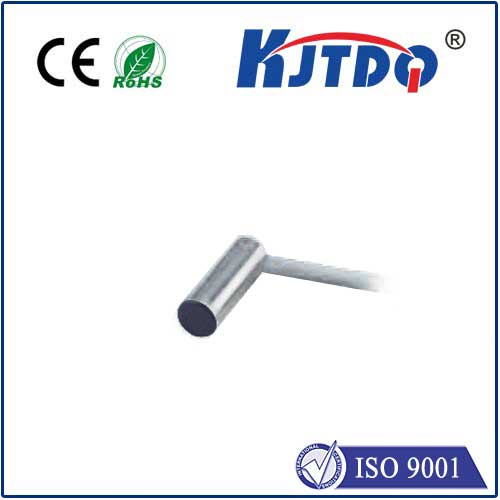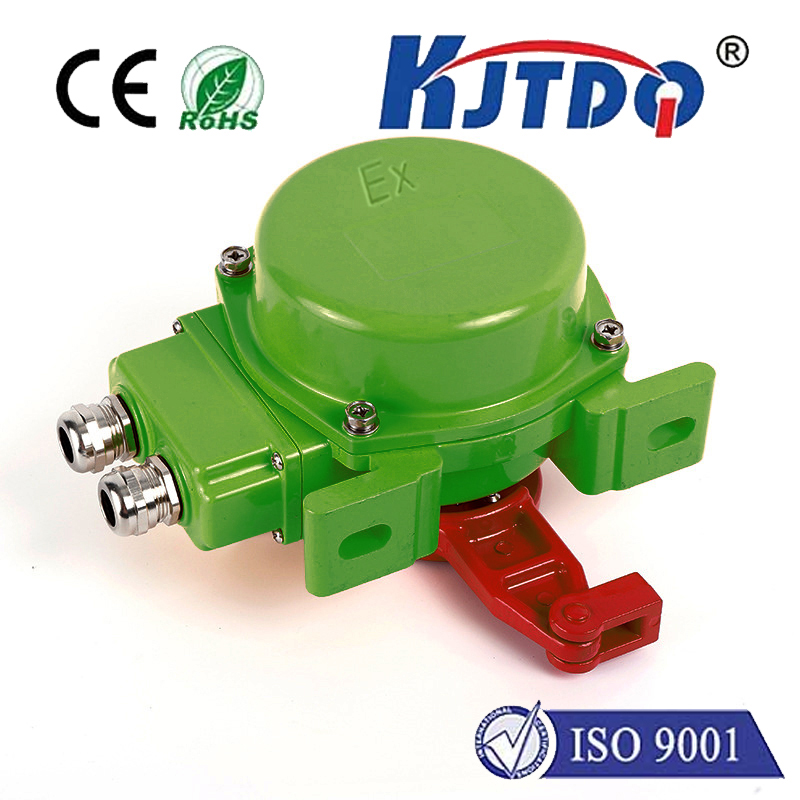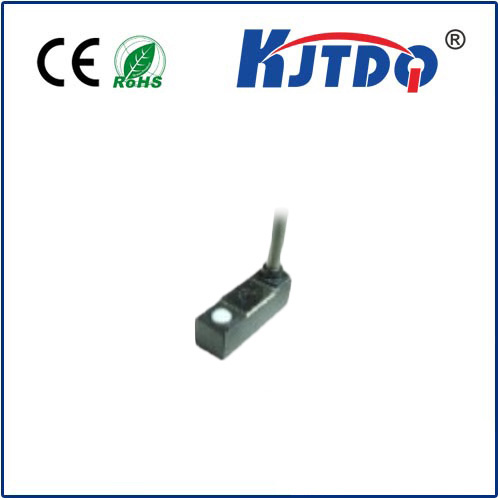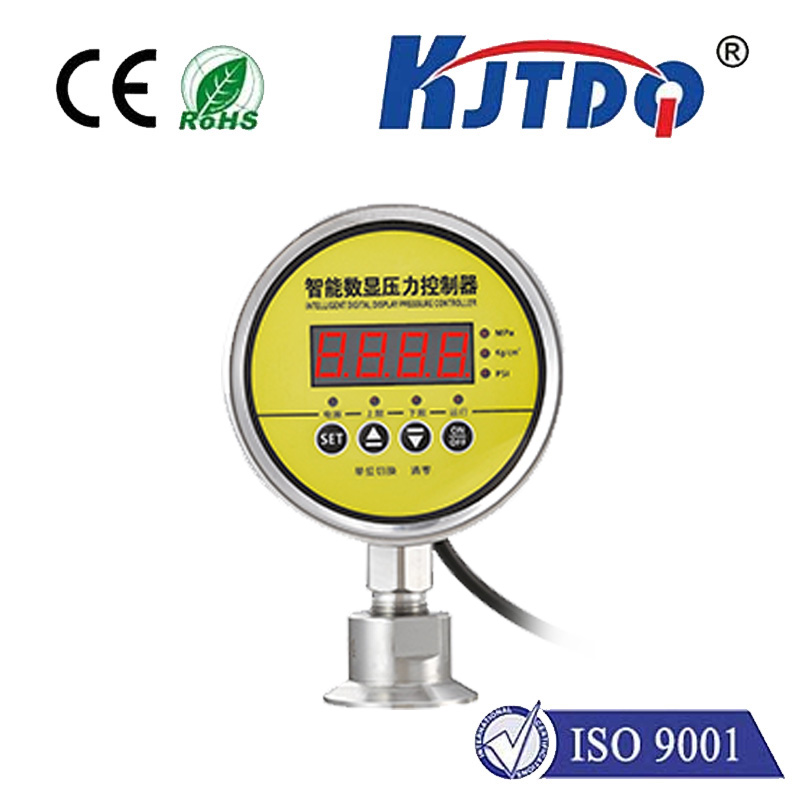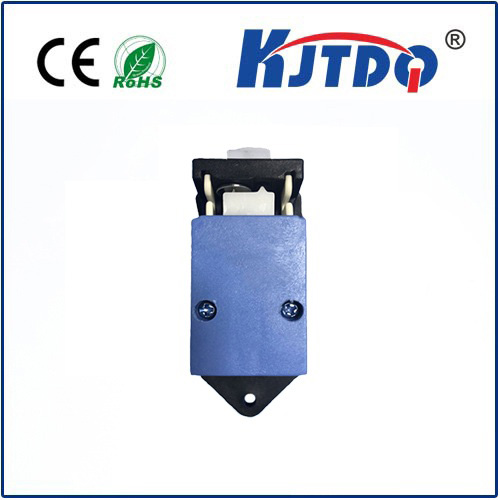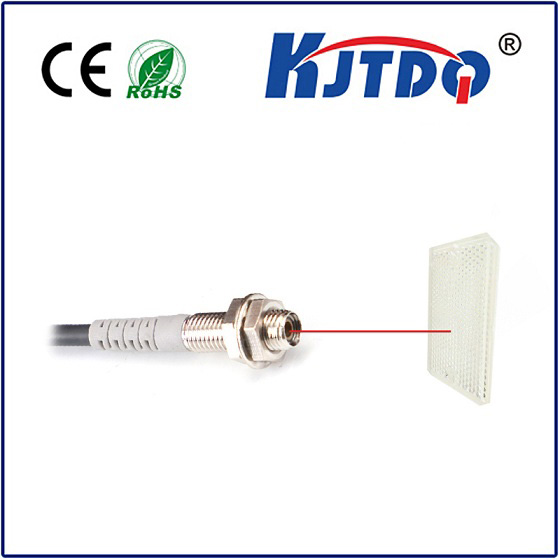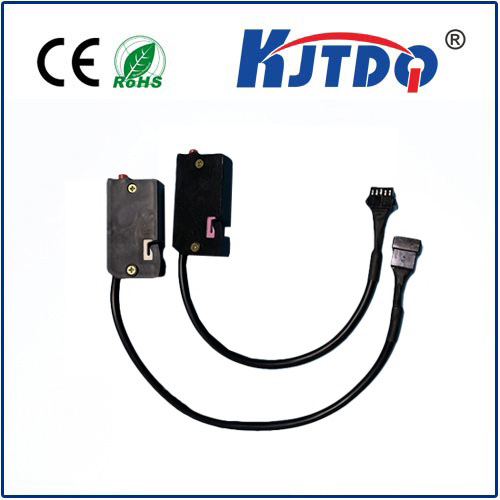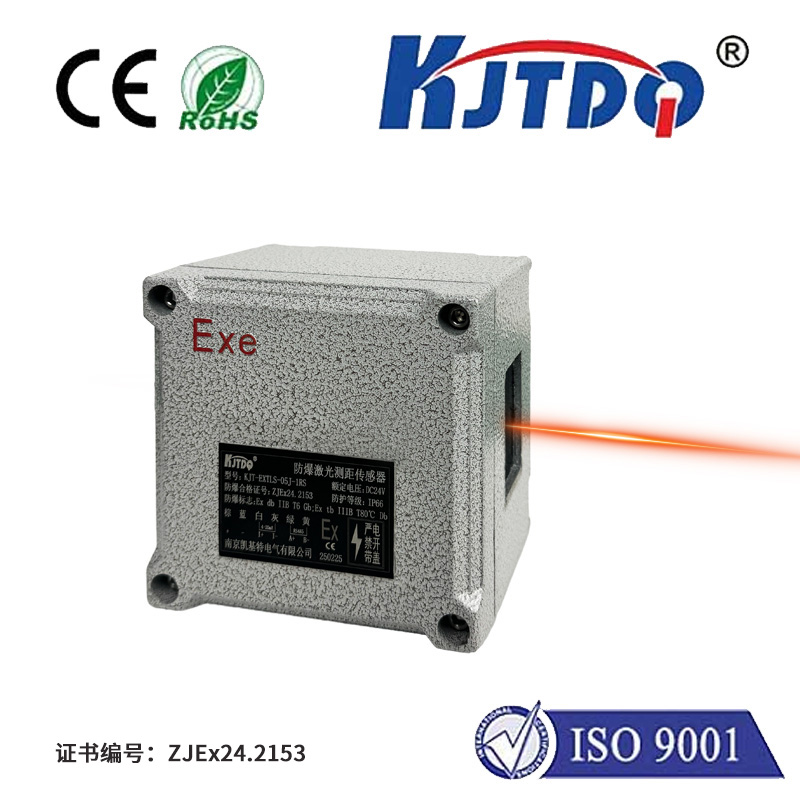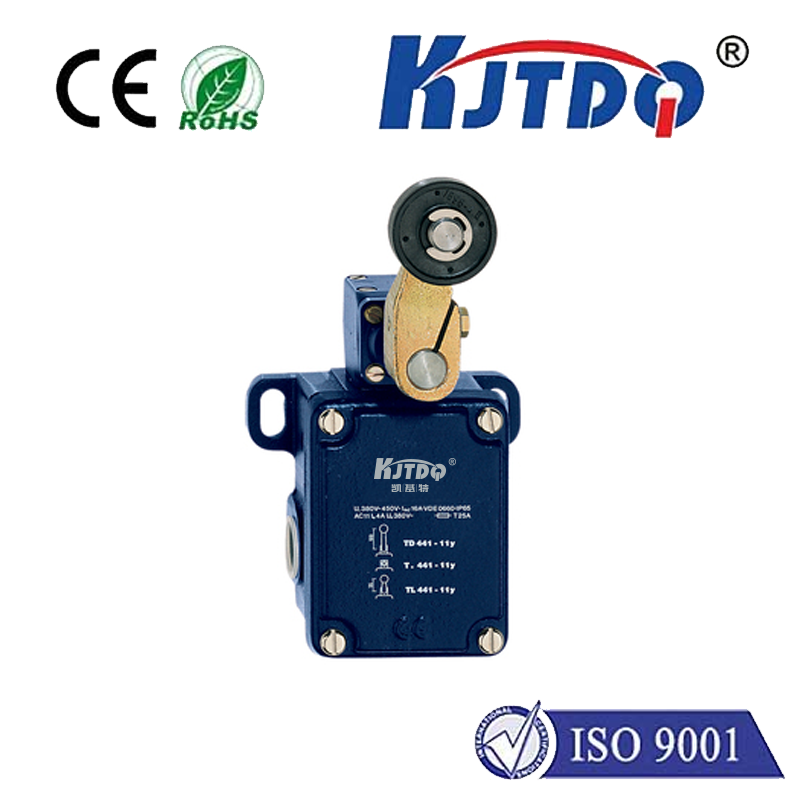
check

check

check

check
Laser Rotary Encoders: The Precision Powerhouse Driving Modern Automation In an era where industries demand micron-level accuracy and real-time feedback, the quest for reliable motion control solutions has led to groundbreaking innovations. Among these, the laser rotary encoder stands out as a transformative tool, redefining precision in robotics, manufacturing, and aerospace. But what makes this device indispensable in high-stakes environments? Let’s explore how laser rotary encoders work, their advantages over traditional systems, and why they’re becoming the backbone of smart automation.
A laser rotary encoder is an optoelectronic device that measures angular position, speed, or direction of rotating machinery. Unlike conventional optical or magnetic encoders, it employs laser interference patterns to detect rotational displacement with unparalleled accuracy. By analyzing the phase shifts of reflected laser beams, it generates digital signals that map even the subtlest movements—often down to nanometer-level resolution. This technology thrives in applications where precision is non-negotiable, such as CNC machining, semiconductor lithography, and medical robotics. But to appreciate its value, it’s essential to compare it to legacy systems.
Traditional optical encoders rely on light passing through a patterned disk, with photodetectors converting interruptions into electrical pulses. While effective for basic tasks, they face limitations:

1. Industrial Robotics Modern assembly lines require robotic arms to perform tasks with surgical precision. Laser encoders enable real-time feedback for joint positioning, ensuring seamless collaboration between robots and minimizing production errors. For example, in automotive welding, even a 0.01-degree deviation could compromise structural integrity—a risk laser encoders effectively mitigate. 2. Aerospace and Defense In guidance systems for drones or satellites, angular positioning accuracy is critical. Laser encoders provide sub-arc-minute precision, essential for stabilizing antennas or aligning optical sensors in space missions. Their rugged design also withstands extreme temperatures and radiation, making them ideal for aerospace applications. 3. Medical Imaging Systems MRI machines and CT scanners rely on smooth, precise rotation to capture high-resolution images. Laser encoders ensure gantries rotate without jitter, reducing motion artifacts and enhancing diagnostic clarity.
Beyond raw precision, laser rotary encoders offer operational efficiencies that translate to cost savings:
As industries push for miniaturization and energy efficiency, laser encoder manufacturers are responding with compact, low-power designs. Emerging trends include:
Despite their advantages, laser rotary encoders aren’t universally ideal. Their reliance on coherent light makes them sensitive to refractive index changes—a concern in fluid-filled environments. Additionally, initial costs remain higher than optical encoders, though TCO (total cost of ownership) often justifies the investment. For businesses evaluating these devices, key questions include:
From automating warehouses to enabling Mars rovers, the laser rotary encoder is more than a component—it’s a catalyst for precision-driven progress. As industries continue to prioritize accuracy, scalability, and connectivity, this technology will undoubtedly remain at the forefront of the automation revolution.

